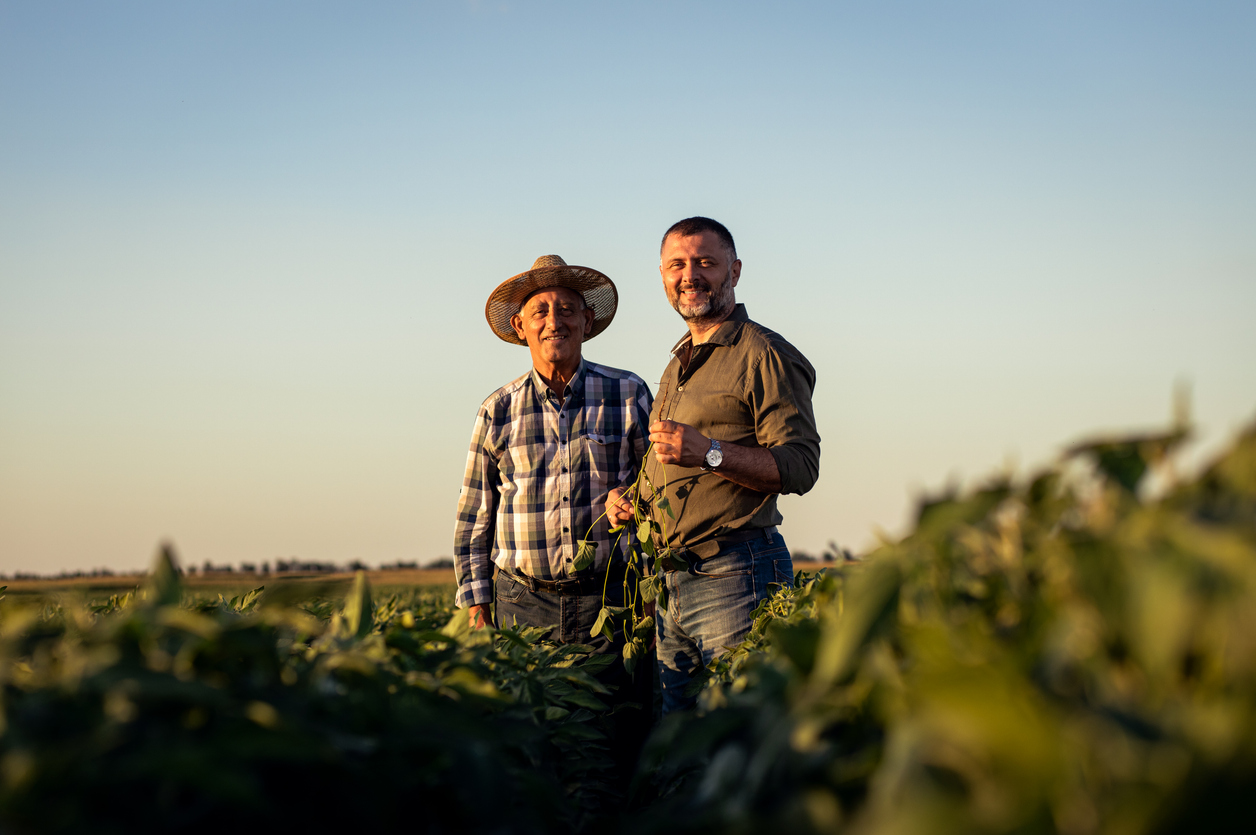Some harvests have already started in Washington – and across the country – despite farms and ranches facing labor shortages. Where will workers come from to ensure crops don’t go unharvested? U.S. Agriculture Secretary Brooke Rollins recently made a suggestion.
In a news conference Rollins said, “So, no amnesty under any circumstances, mass deportations continue, but in a strategic and intentional way, as we move our workforce towards more automation and towards a 100% American workforce.”
Rollins went on to note “When you think about it, there are 34 million able-bodied adults in our Medicaid program. There are plenty of workers in America, but we just have to make sure we are not compromising today, especially in the context of everything we are thinking about right now.”
The data tell a different story.
According to information from Pew Research Center, as of 2023, there were approximately 31.2 million people between the ages of 19 and 64 receiving Medicaid benefits in the U.S. Of those recipients, about 11.5 million had full-time employment and an additional 5.1 million had part-time employment, leaving about 14.6 million Medicaid recipients. Of those, 5.1 million people were receiving Medicare and/or disability benefits, leaving 9.5 million people potentially eligible to work. Out of that potential employment pool, 3.2 million were considered caregivers for someone else, 1.7 million were enrolled in school, and 2.6 million cited illness or disability for their reason to receive Medicaid.
If all those claims are true, the potential employment pool cited by Rollins has dwindled from 34 million to 2 million people based on the government’s own data.
Data from various sources including the Migration Policy Institute, the Center for Migration Studies, Pew Research Center, and the U.S. Department of Homeland Security estimates the number of workers in the U.S. illegally is hovering somewhere between 11-13.7 million people. If U.S. Immigration and Customs Enforcement (ICE) maintains its current policy of “no amnesty” and a reliance on “able-bodied adults in our Medicaid program” as announced by Rollins earlier this week, the U.S. is potentially facing a shortfall of approximately 9-11.7 million employees.
With agriculture already facing a worker shortfall – annually confirmed in agriculture by the number of H-2A workers approved by the U.S. Departments of Labor and Homeland Security – enhancing that shortage by removing a workforce that is already present puts our food security at risk. Under the federal requirements, agricultural employers who are interested in hiring people via the H-2A program must first prove there are no local workers to fill positions on their farms or ranches by advertising employment for a minimum of 60 days ahead of the first day of work locally. In 2024, 384,900 people were hired nationwide via the H-2A program.
Rather than dwelling on deportations and “no amnesty,” now is the time for all parts of federal, state and local governments to address the needs of long-time contributors to our communities. Research shows approximately 79 percent of workers here illegally have lived here since before 2010 and 73 percent of those workers have come from Mexico, Central and South America.
Whether the workers are in fields, hotels, restaurants, or elsewhere, people who have lived and worked in the U.S. and committed no crime other than the one that brought them here, should have a pathway to legal citizenship. With data showing 79 percent of the undocumented people in the U.S. have been here for 15 years, it is time for our immigration policy to catch up with the reality of our population.
Undocumented workers need to be recognized as contributing members of our communities who provide for the betterment of the economy as both workers and consumers – earning a living but also paying bills, purchasing goods, and supporting families. Without the undocumented workforce that currently labors here, jobs that are ignored by local people in agriculture and service sectors would go unfilled and our economy would be the poorer for it.




